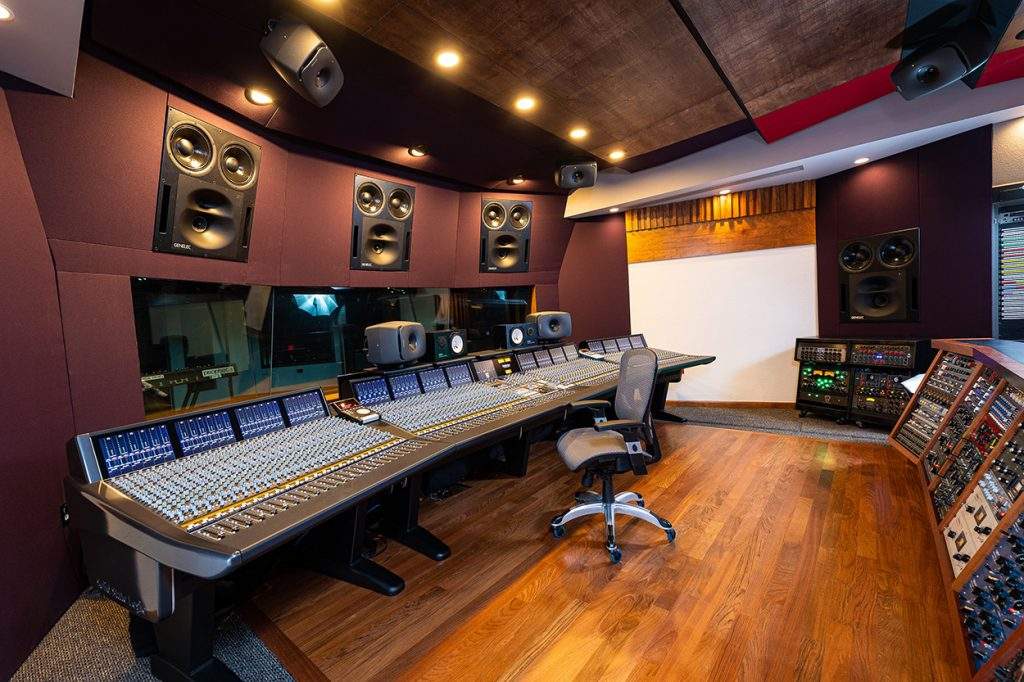Exploring the Fundamental Elements of Audio: Building Audio Foundations

Introduction
Audio is an integral part of our daily lives, from the music we enjoy to the podcasts we listen to, and the videos we watch. But have you ever stopped to consider the intricate world of audio and the foundational elements that make it possible? In this blog, we’ll delve into the fundamentals of audio, helping you understand the key concepts and technologies that underpin the sounds we hear.
- Sound Waves: The Building Blocks of Audio
Sound waves are the essential building blocks of audio. These are mechanical vibrations that travel through a medium, such as air, and are responsible for transmitting sound. Sound waves can vary in frequency (pitch) and amplitude (loudness). Understanding these waveforms is crucial to working with audio.
- Frequency and Pitch
Frequency is the measurement of how rapidly a sound wave oscillates, and it is directly related to the perceived pitch of the sound. Higher-frequency waves create higher-pitched sounds, while lower-frequency waves produce lower-pitched sounds. The unit of measurement for frequency is the Hertz (Hz).
- Amplitude and Loudness
Amplitude measures the height or intensity of a sound wave. It is closely linked to loudness. The greater the amplitude, the louder the sound. Amplitude is often represented in decibels (dB), which is a logarithmic scale. Understanding the dynamic range and amplitude is crucial for audio engineers, as it determines the overall volume of audio content.
- Wavelength and Speed of Sound
Wavelength is the spatial length of one cycle of a sound wave. It is inversely related to frequency, meaning that higher-frequency sounds have shorter wavelengths. The speed of sound depends on the medium through which it travels (approximately 343 meters per second in dry air at 20°C). Knowing the speed of sound in a given medium is essential for precise audio applications, such as time-based effects in recording.
- Digital vs. Analog Audio
In audio, there are two fundamental approaches: digital and analog. Analog audio represents sound as continuous, electrical waveforms, while digital audio breaks down sound into discrete, binary data. The transition from analog to digital audio has revolutionized the industry, offering enhanced flexibility, editing capabilities, and fidelity.
- Audio Sampling and Bit Depth
Digital audio involves sampling sound waves at discrete intervals. The two primary factors to consider in digital audio are sampling rate and bit depth. The sampling rate determines how often the waveform is measured per second (e.g., 44.1 kHz for CD-quality audio). Bit depth determines the precision of each sample, indicating the number of possible amplitude values. A higher bit depth allows for greater dynamic range and audio fidelity.
- Audio Codecs and Compression
Audio codecs (compression-decompression algorithms) are essential in the digital audio world. They reduce file sizes for efficient storage and transmission. Popular codecs include MP3, AAC, and FLAC. However, codec choice can impact audio quality, so it’s vital to balance compression with fidelity in different applications.
- Microphones and Transducers
Microphones are the primary transducers that convert acoustic sound waves into electrical signals. There are various types of microphones, including dynamic, condenser, and ribbon microphones, each with its unique characteristics and applications. Choosing the right microphone is crucial for capturing sound accurately.
- Sound Processing and Effects
Audio engineers often use various processors and effects to shape and enhance sound. These can include equalization (EQ), compression, reverb, delay, and more. Understanding the principles behind these processes is essential for achieving the desired audio quality.
- Audio Playback Systems
The audio journey wouldn’t be complete without the devices used for playback. From headphones and speakers to complex home theater systems, the components that reproduce sound are essential for the listener’s experience.
Conclusion
Building a strong foundation in audio requires a comprehensive understanding of the fundamental elements and technologies involved. Whether you’re an aspiring musician, an audio engineer, or simply someone who appreciates high-quality sound, delving into the intricacies of audio can lead to a deeper appreciation for the music and sounds that enrich our lives. Remember that audio is both an art and a science, and mastering its foundations can open up a world of creative possibilities and technical expertise.



Comments
This post currently has no comments.